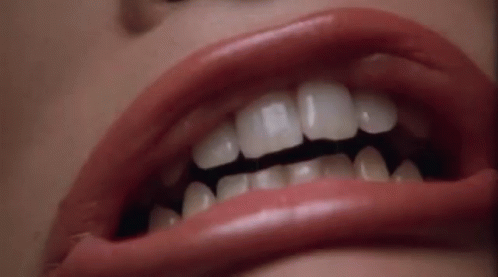
In that study, the babies watched videos of an adult hand and foot being touched, and also had their own hand or foot touched. This study follows other I-LABS research published earlier this year that examined infant social development using a magnetoencephalography (MEG) brain-imaging machine, a slightly more sophisticated technology. Young babies are lip experts, and their brains reflect this.” “They use lips for sucking, but lips are also used to articulate speech sounds and to communicate emotions - a pout versus a smile. “Lips are important for babies,” said Meltzoff. The prominent brain signal obtained from touching the baby’s lips could be related both to the baby’s reliance on the mouth for sucking and also to the evolution of language. These findings indicate the importance of the lips to the infant’s body map, researchers said. The image shows that hand touch evokes activity on one side, foot touch evokes activity at the middle, and lip touch evokes very strong activity on both sides.

This colored “scalp map” (viewed from the top of a baby’s head with the nose forward), shows the average amount of brain activity measured by EEG sensors in response to touch to the baby’s body. A touch to the middle of the lip produces the strongest response of all, in lateral regions on both sides of the brain. A touch to the foot causes activity near the top of the brain at about the midline a touch to one of the hands produces activity in lateral portions of the brain, opposite to the hand touched. They display a distinctive neural signature for touches to different body parts.

A touch to the hand, for example, registers in a separate place and with a stronger signal over the somatosensory cortex than a touch to a less sensitive part of the body such as the forearm, the back or the foot.Īs young as 2 months of age, the new research finds, babies already have a well-formed body map. There, at varying locations and degrees of strength, the brain processes touch. The neural activity produced by a touch of the body is focused in the somatosensory cortex, a strip of tissue that runs between the ears, over the top of the head. The way the human brain represents body parts, called a “neural body map,” has been studied extensively in adults, but much less so in infants. EEG registered the infants’ brain activity to the touch of each body part. Researchers used a handheld wand to deliver multiple light taps to each baby’s left foot, left hand and the middle of the upper lip.

The study, published June 25 in Developmental Science, involved 25 2-month-old infants, each of whom wore a cap equipped with special sensors that measure brain activity by detecting minute electrical signals on the baby’s scalp, a technique called electroencephalography (EEG). See a related story in The New York Times This new field of infant social neuroscience allows us to detect changes in brain activity as infants see, hear and experience touch,” said lead author Andrew Meltzoff, a UW psychology professor and co-director of I-LABS. “We are now able to use safe brain science technologies to study how infants represent themselves and other people. It is believed to be the first to reveal the greater neurological activity associated with the lips than with other body parts. A new University of Washington study shows how the hands, feet and, in particular, the lips are represented in the brains of 2-month-old infants.Ī typically developing 2-month-old baby can make cooing sounds, suck on her hand to calm down and smile at people.Īt that age, the mouth is the primary focus: Such young infants aren’t yet reaching for objects with their hands or using their feet to get around, so the lips – for eating, pacifying and communicating – multitask.Īnd at the same time, new research reveals a special neural signature associated with touching the baby’s lips, an indicator of how soon infants’ brains begin to make sense of their own bodies and a first step toward other developmental milestones.Ī study led by the University of Washington Institute for Learning & Brain Sciences (I-LABS) uses infant brain imaging to gauge how the hand, foot and lips are represented in the brains of 2-month-olds – a much younger age than has been studied previously.


 0 kommentar(er)
0 kommentar(er)
